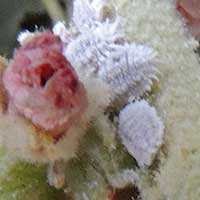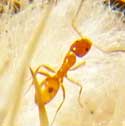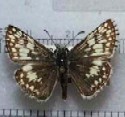Desert Globe Mallow
Sphaeralcea ambigua
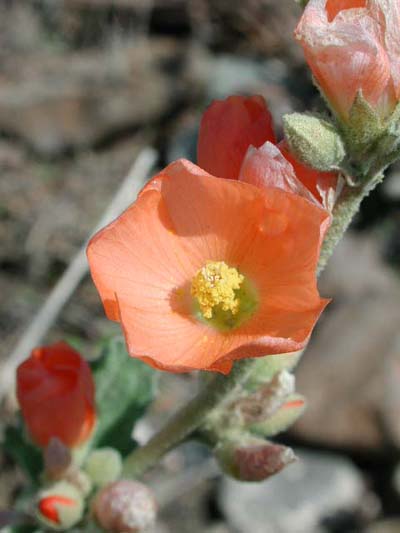
Photographed in the Hedgepeth Hills, Glendale, Arizona, USA, March 2003.
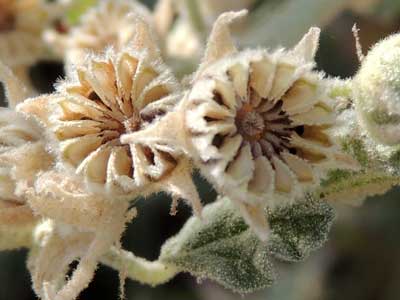
Mature fruit - about 14 carpels in a pinwheel shape - here each has split to release the seeds. Observed at Hassayampa Nature Conservancy, Arizona, USA, April 2014.
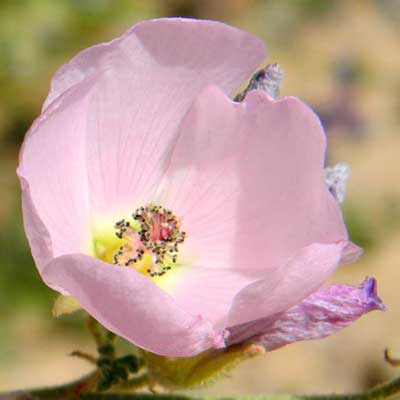 FLOWERS: Spires of abundant, large, peach-colored flowers make this an attractive
spring wildflower especially along roadways where runoff affords a bit more moisture.
Flower color can vary to shades of red and grenadine or even white. The numerous
stamens are
fused by their filaments into a column surrounding the style. The bloom at right was
photographed south of Florence, Arizona in April 2010.
FLOWERS: Spires of abundant, large, peach-colored flowers make this an attractive
spring wildflower especially along roadways where runoff affords a bit more moisture.
Flower color can vary to shades of red and grenadine or even white. The numerous
stamens are
fused by their filaments into a column surrounding the style. The bloom at right was
photographed south of Florence, Arizona in April 2010.
SHRUBBY: Woody portions mostly restricted to crown; plants become very inconspicuous
after drought or hard winter frosts. Usually less than 1 meter tall.
LEAVES: Leaves and stems are covered with numerous, minute star-shaped hairs that
give a sandy texture and silvery appearance. These hairs rub off and can irritate the
eyes.
RANGE: Frequent throughout the Sonoran Desert in Arizona and Mexico on hillsides,
wash banks, roadsides and at edges of agricultural areas.
FRUIT: Dry capsules in a disc-shaped arrangement that split apart on maturity; i.e.
a shizocarp.
UNARMED.
Malvaceae -- Mallow Family
Sponsored Links:
Many insects and other organisms make use of this plant by visiting the flowers for pollen (and nectar?), feeding on the leaf tissue and as infectious plant pathogens. Below are shown a Nomia bee, leaf-mining beetles, and a fungus that causes rust-colored galls on the undersides of the leaves; follow thumb links for more information. Plant feeding insects attract predators like the assassin bug.
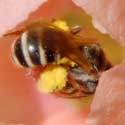
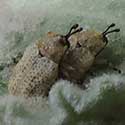
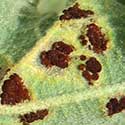
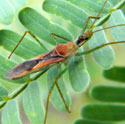
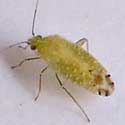
I found a particularily lush globe mallow in a xeriscape garden which had been colonized by meally bugs. The meally bugs are nearly always tended by ants, in this case Forelius pruinosus. The ants protect the meally bugs, but also the plant. Checkered skippers have been laying eggs upon the foliage that turn into green larvae (caterpillars). Next some paper wasps arrived which hunt caterpillars. In a desert garden native plants like these become a menagerie of life webs that fascinating.
